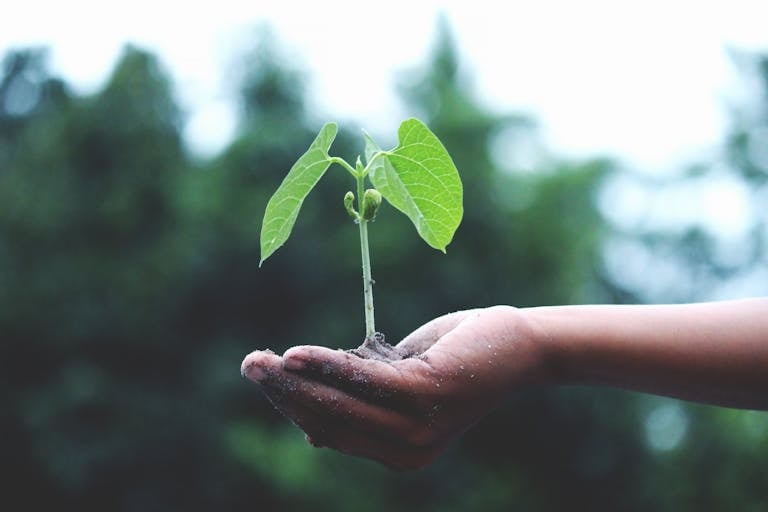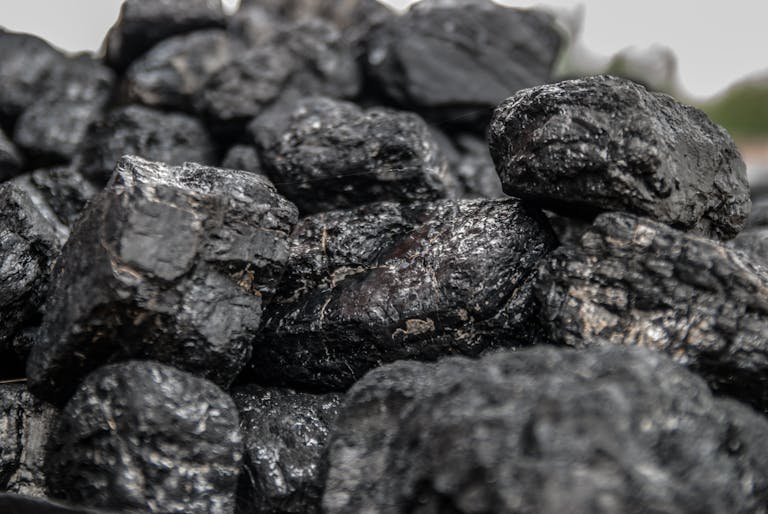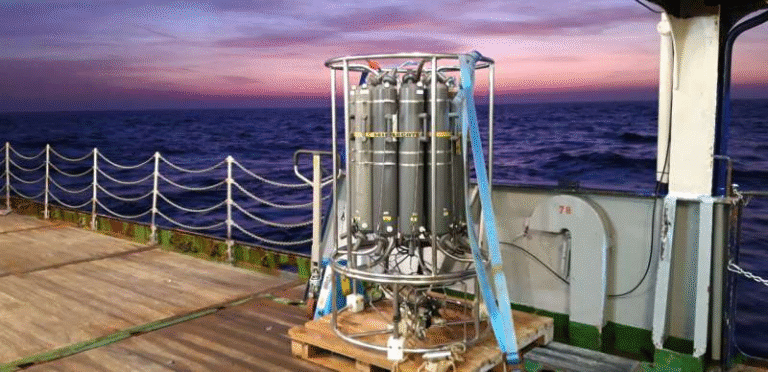Toxic Salton Sea Dust Is Changing the Lung Microbiome in Just One Week

Dust from California’s Salton Sea—a once vast, saline lake now shrinking and exposing its toxic bed—has just been linked to something scientists had never observed before: environmental dust altering the lung microbiome.
A team of researchers from the University of California, Riverside (UCR) has found that breathing in this dust can rapidly reshape the microscopic world inside the lungs, even in healthy individuals. The findings, published in the journal mSphere (2025), open a new chapter in how we understand the connection between environment, microbes, and respiratory health.
The Study: Dust, Mice, and Microbes
The UCR scientists designed a controlled exposure chamber that mimics real-world air conditions near the Salton Sea. They collected dust samples from locations both close to and farther away from the lake, then exposed healthy mice to these aerosolized particles over a one-week period. Importantly, they also tested filtered dust, where live bacteria and fungi were removed, to determine whether it was the living microbes or the dust components themselves driving any changes.
The results were striking. Even dust that was sterilized and free of live organisms caused major shifts in the microbial makeup of the mice’s lungs. This means something about the dust—possibly its chemical components or microbial residues—was influencing which microbes survived and which didn’t.
This is the first known instance of scientists documenting such a change in the lung microbiome caused purely by environmental exposure rather than disease or infection.
What They Found Inside the Lungs
After just one week of exposure, the researchers found that the mice’s lung microbial communities had changed dramatically. Bacteria such as Pseudomonas and Staphylococcus—both associated with respiratory inflammation and infection—had multiplied significantly. The team also detected an increase in bacteria that produce lipopolysaccharides (LPS), a molecule found on the outer membranes of many bacteria that is known to trigger strong immune responses.
These shifts were not just microbial; they were immunological as well. Some mice exposed to the dust showed intense inflammation—up to 60% of their lung immune cells displayed markers of neutrophil activation, a sign of aggressive immune activity. By comparison, control mice breathing clean, filtered air had only 10–15% of such activated immune cells. This dramatic difference underscores how potent the dust can be, even over short exposure periods.
The researchers believe the LPS residues are partly responsible for this inflammation. When inhaled, these bacterial fragments can act as chemical fingerprints of dead microbes, provoking the immune system as if it were under attack.
Why the Lung Microbiome Matters
When most people hear the word “microbiome,” they think of the gut—and for good reason. The gut microbiome has been extensively studied and is known to influence digestion, immunity, metabolism, and even mental health. The lung microbiome, however, remains less understood.
It’s now clear that the lungs aren’t sterile. They harbor a delicate community of bacteria that interacts closely with the immune system. A balanced lung microbiome supports healthy immune responses, but disturbances can contribute to conditions like asthma, chronic obstructive pulmonary disease (COPD), and infections.
What the UCR team found is that environmental factors, such as dust exposure, may disrupt this delicate ecosystem in ways similar to—or even more powerfully than—disease.
A Growing Public Health Concern Around the Salton Sea
The Salton Sea, located in Southern California’s Imperial and Riverside counties, was once a thriving resort and bird habitat. But decades of water diversion and agricultural runoff have caused it to shrink, exposing miles of dry lakebed (playa). When wind sweeps over the exposed sediment, it sends up fine dust particles laced with metals, pesticides, and microbial remnants into nearby communities.
Residents of towns like Brawley, Calipatria, and Salton City have long complained of respiratory problems, nosebleeds, and persistent coughs. Data backs up their experiences: asthma rates among children in Imperial County reach nearly 20–22%, compared to the California average of around 14.5%. The new findings may help explain why. The dust doesn’t just irritate—it appears to reprogram the microbiology of the lungs themselves.
This also has implications for environmental justice. The Salton Sea region is home to predominantly low-income and Latino communities, many of whom already face higher exposure to pollution. The research provides solid scientific evidence that the drying lakebed’s dust poses real, measurable health risks.
How the Dust Acts on the Body
The scientists found that the dust acts in ways different from typical allergens. It doesn’t seem to trigger the classic allergic asthma pathway involving eosinophils and IgE antibodies. Instead, it provokes a strong innate immune response dominated by neutrophils—the body’s first responders to bacterial components.
This pattern suggests that the dust’s harmful effects come not from pollen-like irritants but from endotoxins—substances like LPS that remain even after bacteria die. Experiments with genetically modified mice lacking TLR4, a receptor that detects LPS, showed reduced inflammatory responses to the dust, supporting this theory.
In simple terms: even if the dust is “dead,” its bacterial ghosts are enough to alarm the immune system.
Implications Beyond the Salton Sea
The findings raise much broader questions. If dust from a drying lake can alter the lung microbiome, what about wildfire smoke, urban air pollution, or even vaping aerosols? All of these exposures contain fine particles mixed with complex organic molecules and microbial fragments.
This discovery opens a new frontier in pulmonary health research. It suggests that changes in the lung microbiome could serve as early indicators of environmental stress, much like how changes in gut bacteria signal dietary or health problems. Future research may explore whether certain “beneficial” lung microbes are being lost and whether these changes are temporary or long-lasting.
The Challenge of Studying the Lung Microbiome
Studying microbes in the lungs isn’t easy. There’s always the risk of contamination from the mouth or upper airways, and the microbial population in the lungs is much smaller than in the gut. To overcome this, the team’s lead scientist Mia Maltz, a UCR mycologist, developed a method over four years to isolate microbial DNA from lung tissue more precisely. This breakthrough allowed them to analyze the lung microbiome with unprecedented detail.
The next steps involve identifying which microbes are being lost or gained after dust exposure, how long these changes persist, and whether certain protective bacteria can be restored.
The Salton Sea: A Brief Background
The Salton Sea was accidentally created in 1905 when water from the Colorado River broke through an irrigation canal and flooded the desert basin. For decades, it served as a resort destination and vital habitat for migratory birds. However, without a natural water outlet and with continued agricultural runoff, the lake became increasingly saline and polluted.
As the water recedes, it leaves behind a toxic playa filled with arsenic, selenium, fertilizers, pesticides, and organic material. Strong desert winds lift this material into the air, creating a regional air-quality hazard. The smell, often described as rotten eggs mixed with salt, is infamous throughout Southern California.
Government agencies and environmental groups have launched projects to mitigate dust emissions—such as planting vegetation and flooding portions of the playa—but progress has been slow. Meanwhile, local residents continue to breathe in the dust daily.
Why This Research Matters
This study gives scientific validation to what locals have long suspected: the air around the Salton Sea is not just unpleasant—it’s biologically active. It can alter the inner ecology of the lungs in just days.
From a public health perspective, the findings could influence air-quality regulations, mitigation projects, and community health monitoring. It also reframes how scientists think about environmental exposures—not just as chemical hazards, but as ecological forces shaping our internal microbial communities.
For ordinary readers, the message is simple but profound: the air we breathe doesn’t just affect our lungs mechanically—it interacts with the microbial life inside us. The invisible particles floating in dusty air may be influencing health in ways we’re only beginning to understand.
Looking Ahead
The UCR researchers are now studying whether similar microbial changes occur in children living near the Salton Sea. They’re also testing whether other common exposures—like wildfire smoke or urban particulate matter—can cause comparable shifts in lung microbiota.
There’s still a lot we don’t know:
- How long do these microbial changes last?
- Are they reversible?
- Do they make people more prone to infections or asthma later in life?
What’s clear is that the study has set a new direction for research into how environmental dust and aerosols shape our inner biology.
As more of the Salton Sea dries up, more dust will rise—and with it, more urgency to understand and mitigate the health consequences.
Reference
Research paper: Lung microbiomes’ variable responses to dust exposure in mouse models of asthma — mSphere (2025)





